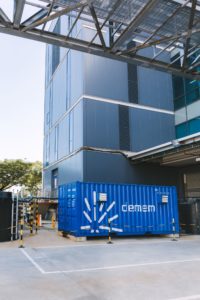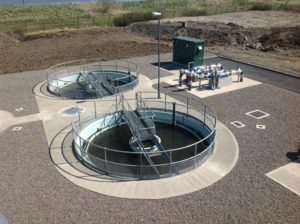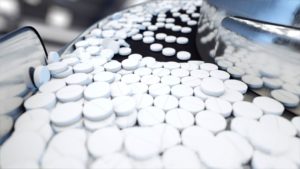Xylem Reduces Energy Consumption of a Wastewater Treatment Plant Aeration System
The energy consumption of a wastewater treatment plant’s aeration system can be reduced by up to 65 percent when more energy efficient equipment and expertise in optimising treatment systems is introduced, according to full scale trials carried out by Xylem Inc.
The test results in this particular trial also reveal that the cost of upgrading the system would be recovered within four years and that the new system decreased the total energy consumption of the entire plant by 13 percent. This corresponds to annual savings for the test plant of €21,000 or €46,000 if both of the plant’s treatment lines are upgraded.
Biological-secondary treatment is the most energy-intensive phase in the wastewater treatment process with aeration consuming between 25 and 60 percent of the total energy used in a municipal plant*. According to a report by the Environmental Protection Agency in the U.S. (EPA) these costs are increasing due to rising energy prices and more stringent requirements for effluent quality. **
Lars Larsson, product manager for Xylem said, “These full scale tests, which were carried out over a six month period, are significant as they clearly demonstrate the substantial benefits that Xylem can bring to a wastewater treatment operation. Xylem’s extensive experience and expertise in optimising treatment systems’ energy efficiency is something we are very focussed on and is a skill that can reap significant rewards for our customers. We are continuously striving to deliver solutions to our customers that are as energy efficient as possible.”
The tests were conducted by Xylem at the Sternö municipal wastewater treatment plant in southern Sweden which was built in 1997 and is designed to cater for a population of 26,000. Aeration was consuming 44 percent of the total energy usage of the plant at Sternö. The test line was upgraded with Xylem’s Sanitare Silver Series Low pressure diffusers, a new blower and a new control system. The existing aeration system consisting of tube diffusers, lobe blowers and a simple dissolved oxygen (DO) control was kept in the second line which was used as a reference.
With the new system in place aeration efficiency is almost three times as high in the test line compared to the reference line. The required airflow was reduced by 30 percent and the system pressure reduced by 15 percent. These savings were gained by a combination of a more efficient blower, a higher Standard Oxygen Transfer Efficiency (SOTE), a lower headloss and an energy-optimised DO control and DO profile as well as over 40 years’ expertise in optimising wastewater treatment systems.
Source: Xylem Inc.







